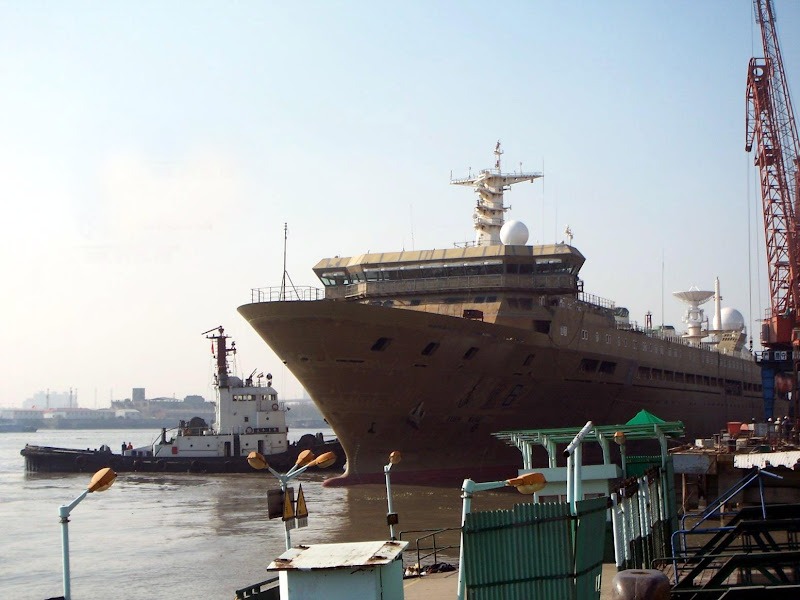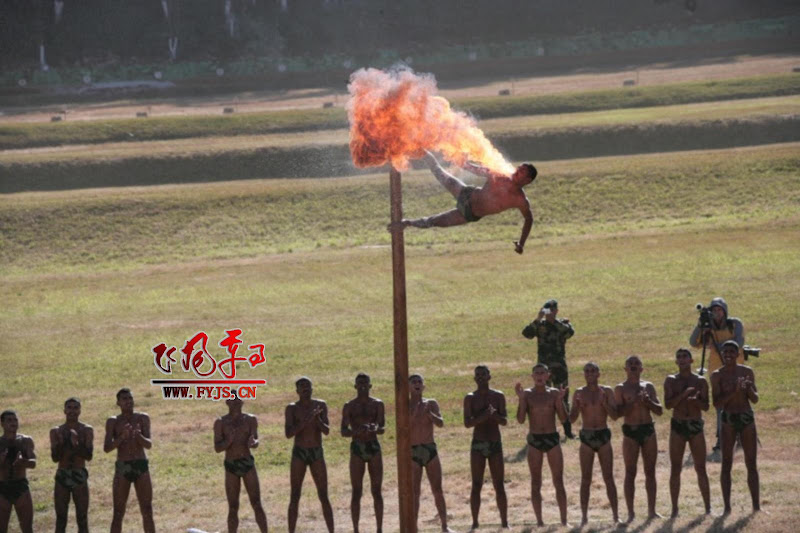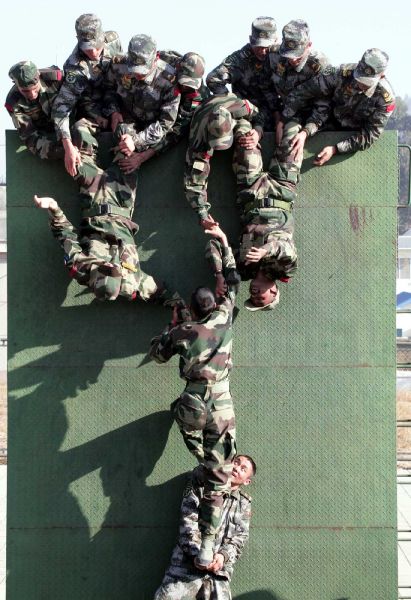Tuesday, December 25, 2007
Monday, December 24, 2007
Saturday, December 8, 2007
China's Next Generation Fighter to be jointly designed by SAC & CAC
In the middle of November, AVIC-I on its website announced that Shenyang Aircraft Designing Institute is going to delivering the detail design drawing of "Key Model" with AVIC-I’s other preponderant Institutes with advantages.
An artist's imagnination about China's future fighter
A realistic 3D image generated by software, was once believed as China's next generation fighter.
In the news story, this "Key Model" is eyed by SAC (Shenyang Aircraft Corporation)'s heads as a significant milestone in AVIC-I's Development. This so-called "Key Model" is probably one sub item of China's next generation air combat system project, which is a family jointly designed by SAC and CAC (Chengdu Aircraft Corporation), additionally including XAC (Xi’an Aircraft Corporation) and FAI (First Aircraft Institute) of AVIC-I possibly.
PLA admits F-22's great advantages, but does not plan to follow U.S.' way.
Unlike F-22's 4S characters, China has been eager to find an unusual countermeasure method in Network-Centric Warfare age. China foresees that a wide and integrated air situational awareness and combat system can face the challenge from stealth fighter. So China's next combat aircraft would not be one single fighter but an integrated JACS (Joint Air Combat System) family, which includes stealth strike fighter, Long-Range AA missile Launching platform and anti-stealth UAV.
The new striker probably has a low observation (RCS <0.3 href="http://picasaweb.google.com/cuteftpster/CoolMilitary2/photo?authkey=WeThqOU8RK4#5141495726054384626">
"Dark Sword" UAV
Although SAC's "Dark Sword" has displayed China's pre-research in UCAV area, China dose not trust UCAV can enter real combat in next 20 years.
At present J-10 has entered mass production and J-11B is near its final stage. When Russia's new Su-35 introduced in MAKS 2007, PLA Air Force evaluates it as the most advanced improved 4th generation fighter, comparing with Typhoon and Rafael. But China has no interests on Su-35 because J-11B/BS is enough to PLA Air Force, which proposes to pay more energy on revolutionary combat aircraft.
Russia's New Su-35 in MAKS-2007
Meanwhile, AVIC-I dose declare to become one of world Top 500 Corporations in the year of 2010. So AVIC-I, the most powerful aviation enterprise in China, prefers to re-organize forces from its subsidiaries for PLA’s future airpower and then acquires greater capital support from China Government.
Tuesday, December 4, 2007
China YW-6 satellite tracking ship is in testing

This Yuanwang-6 was found in Shanghai in December, 2007. Some resources said that it is greatly improved in commanding and controlling system.
Yuanwang series Satellite Tracking Ships were firstly designed to support PLA's ICBM testing programmes and then now mainly carry the satellite and spaceship tracking mission.
At present, Yuanwang-5 is the newest ship in Yuanwang family. YW-5 was launched on 15 September 2006 and entered PLA Navy in 2007. Now YW-5 is involving the "Chang'e Lunar Satellite" programme.
In future, China is planning to launch TL Data Reply satellites to replace some control functions of Yuanwang ships, because Data Reply satellites surely have greater performance in China's manned space station and other deep space explorations.
Type 071 LPD ready to join PLA NAVY

Type 071 Landing Platform Dock is also called as "Integrated Landing ship" in PLA Navy.
Unfortunately, people can not found any "point or area" air-defense missile system, which was once presumed to be on Type 071. Type 071 LPD will enter PLA Navy Southern Sea Fleet.
CCTV showed SLBM launching scene, possible JL-2

This news is from CCTV 7th-channel, which contains military news for PLA officers and other service people. Resources in China believe that it is JL-2 SLBM.
This video clip is to propagandise a professor in PLA Navy submarine warfare college.
This picture is considered as the closest shot of PLA navy Type 094 SSBN, which can carry 12 JL-2 SLBM.
Monday, December 3, 2007
China's Military Enterprises go public, foreign investment cautiously welcomed

Mr. Zhang Qinwei, Director of COSTIND
November 15, China's COSTIND (commission of Science Technology and Industry for National Defense) issued "Provisional Measures for Military Enterprises Shareholding Reform’s Implementation". This behavior showed that China has permit domestic listed corporation to buy and reform Military enterprises.
The "Provisional Measures" have cleared that Chinese military firms can be reformed and opened to public under 4 types: state-owned, state absolutely holding, state relatively holding, and state sharing.
After COSTIND's authorization, present domestic state-controlling-holding listed companies can deal with state-run military enterprises by unitary or partial acquisition and re-organization.
To future domestic listed firms carrying on military products, the new "Provisional Measures" especially regulate special articles, including:
No changes of Controlling Shareholders can become effective without reporting to COSTIND and carrying procedures for approval;
The alternation of board chairman and general manager must be recorded on COSTIND;
The recruitment of oversea independent directors must be recorded on COSTIND;
The significant acquisition behavior initiated by buyer, who will hold over 5% percent sharing of listed company, must declare to COSTIND.
Besides, foreign capital also gets clear ways of entering Chinese military industrial area. The "Provisional Measures" regulate that state-owned and state absolutely holding are forbidden to be sold to foreign capital; state relatively holding military firms are limited to foreign investment and re-organized state sharing military companies are totally opened for foreign investors.
Recently, series of regulations have been issued by COSTIND for delivering more instructions on more reformative involvements from non-state-own firms and foreign investment.














